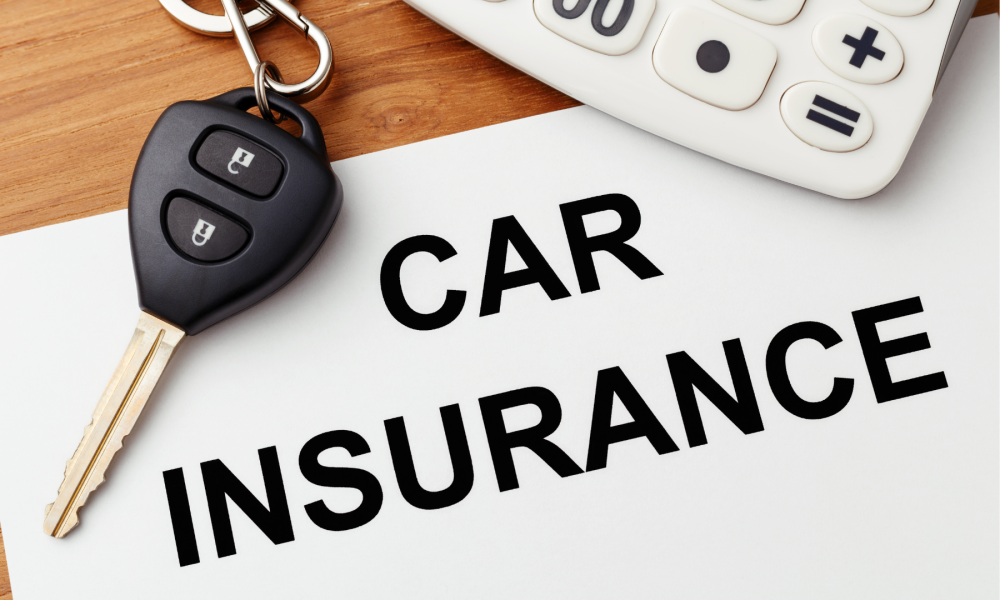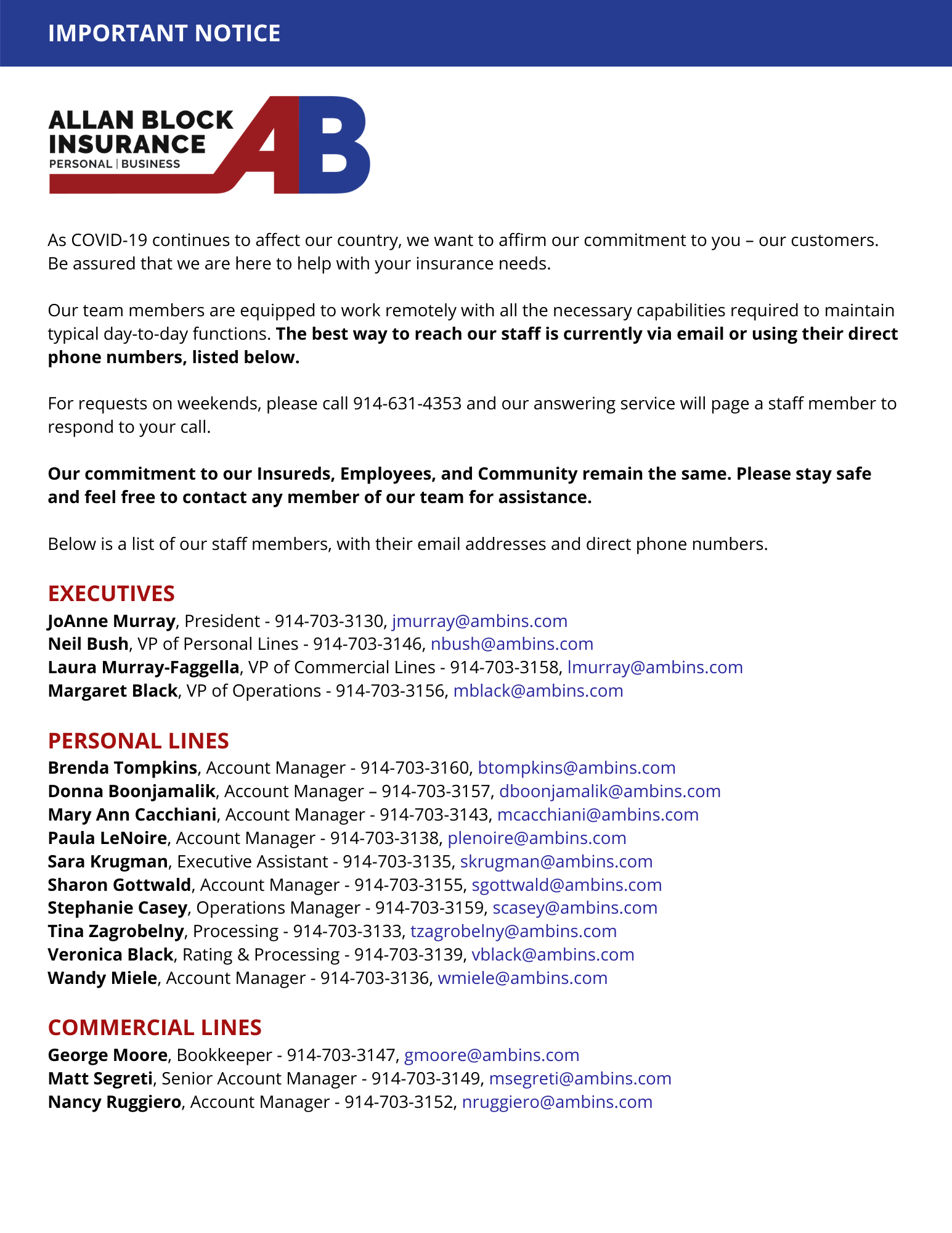A number of factors are converging to drive up the cost of auto insurance, and every insurance carrier has experienced rate increases in recent years.
Rate increases vary from state to state and some are seeing higher hikes than others. The expected increase for 2023 builds on a trend that’s been in play since 2010, with rates increasing an average of 28% between 2010 and 2020, according to the Insurance Information Institute.
Here’s a look at what’s driving rate hikes:
More accidents – When more people started going back to work and kids returned to school, driving picked up in 2021. The result: drivers reverted to their old habits and accidents increased. In fact, there was an 18% increase in fatal crashes in the first six months of 2021, compared to the same period the year prior, according to the National Highway Traffic Safety Administration.
Additionally, distracted driving due to smartphone use has been on the increase over the past decade, resulting in fatal car accidents increasing 30% during the period, according to the NHTSA.
Cost of repairs – The cost of repairs has been climbing over the past decade as carmakers have incorporated more and more technology into their vehicles. But the COVID-19 pandemic spawned supply chain issues that have resulted in a shortage of replacement parts, and higher prices for those parts.
Due to supply chain issues snarling vehicle production worldwide, the cost of both new and used cars has also pushed prices higher. The price for new cars and trucks rose by 11% between June 2021 and June 2022, while the used car and truck market saw a 7% increase.
Cost of medical care – The cost of health care is also a major factor in car insurance rates since coverage pays for injuries caused to third parties. The Centers for Medicare & Medicaid Services reports that health care spending increased 4.2% in 2021 and 9.7% in 2020.
This means that when someone is injured in a car accident, the resulting medical costs are greater than what they were in previous years.
What about me?
Your individual premium is based on your personal rating factors, so if you’re considered a good driver and live in an area with fewer accidents, you may see a lower rate increase than others.
But if you are facing an increase, there are a few steps you can take:
Revisit your current policy – Read your policy to understand the various coverages you have, deductibles, the limits for liability and damage, and any discounts you may be getting.
One way to reduce your premium is to increase the deductible. But understand that whatever the deductible is, that’s what you’ll have to pay out of pocket if you are found at fault in an accident.
You may also find that you have purchased coverages that you may not need, such as a towing package. If you are already paying for a AAA membership and you have a towing package, you may want to eliminate the latter to reduce your premium.
Look into discounts – Many insurers offer good-driver discounts, discounts for the kind of car you drive (minivan drivers have lower rates, for example) and discounts to good students.
Also, many people are driving less than they used to, especially those who are now working from home. Check with your insurer about a possible discount for driving less.
Bundling – If you have your homeowner’s insurance with one company and your auto insurance with another, you may consider placing them both with the same carrier. Most insurers offer discounts for customers who bundle their coverages with them, potentially earning you discounts on all of the bundled policies.
Switch carriers – If you want to explore other options, give us a call and we can solicit quotes from a number of other insurance companies that may have lower pricing.



